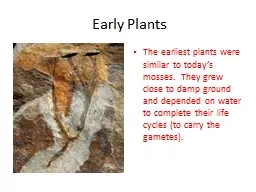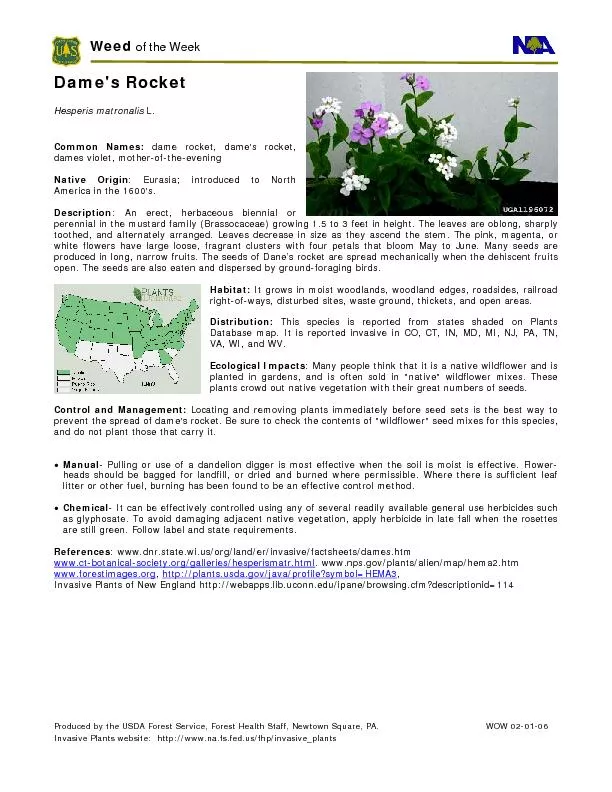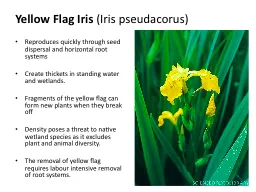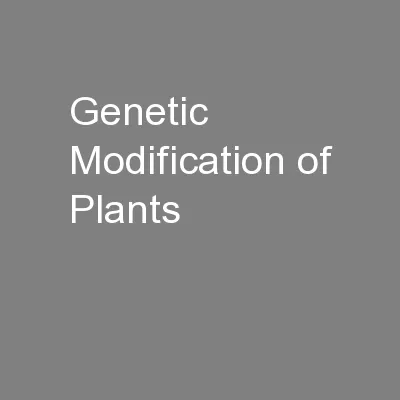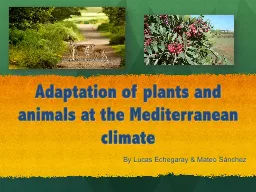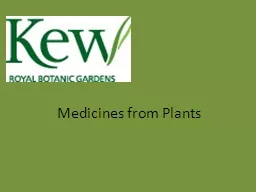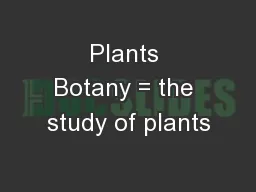PPT-Early Plants
Author : mitsue-stanley | Published Date : 2016-11-22
The earliest plants were similar to todays mosses They grew close to damp ground and depended on water to complete their life cycles to carry the gametes Kingdom
Presentation Embed Code
Download Presentation
Download Presentation The PPT/PDF document "Early Plants" is the property of its rightful owner. Permission is granted to download and print the materials on this website for personal, non-commercial use only, and to display it on your personal computer provided you do not modify the materials and that you retain all copyright notices contained in the materials. By downloading content from our website, you accept the terms of this agreement.
Early Plants: Transcript
Download Rules Of Document
"Early Plants"The content belongs to its owner. You may download and print it for personal use, without modification, and keep all copyright notices. By downloading, you agree to these terms.
Related Documents

